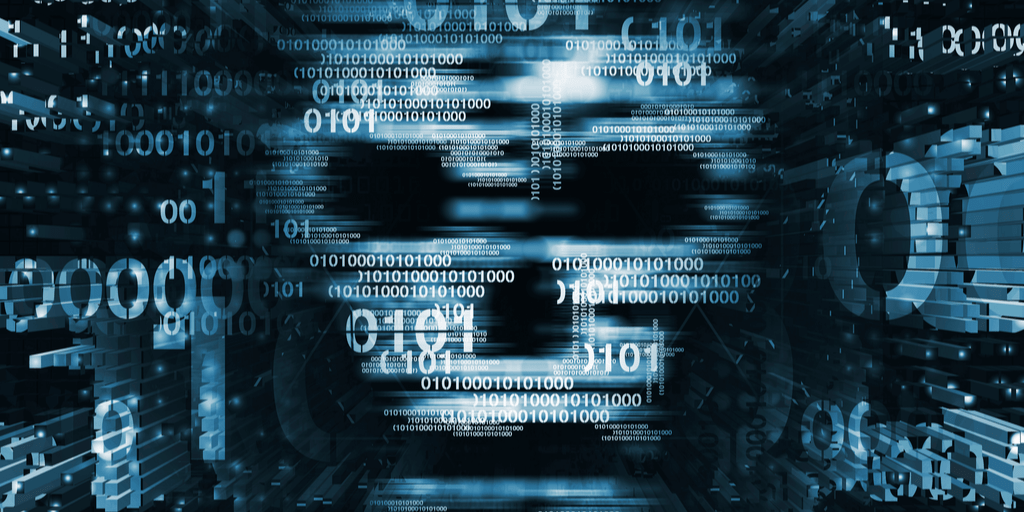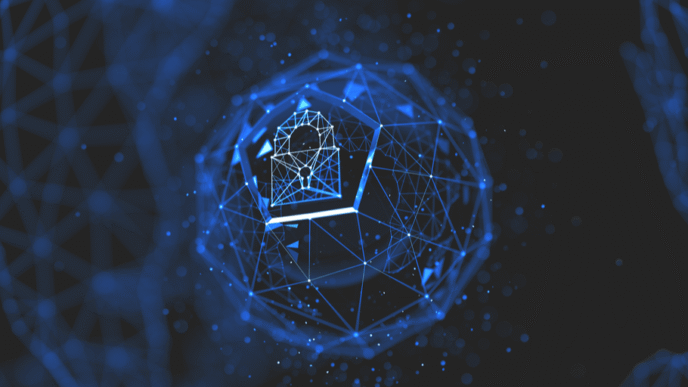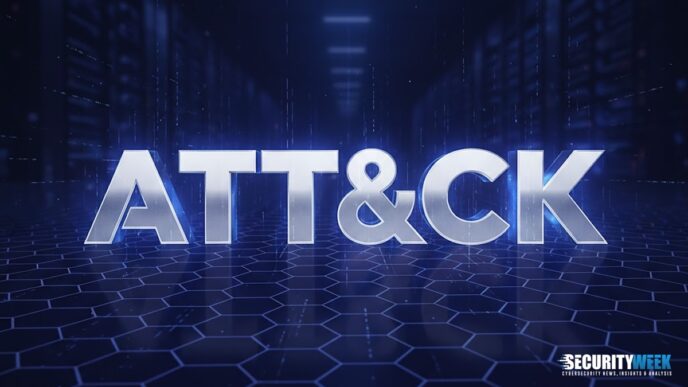The latest Microsoft cyber threat report has raised alarm bells about a new phase in global cyber warfare. According to the company, Russia, China, Iran, and North Korea are rapidly expanding their use of artificial intelligence to deceive, disrupt, and attack U.S. systems across both public and private sectors.
Microsoft revealed that in July 2025 alone, it identified more than 200 incidents of foreign adversaries using AI to generate fake content online, double the figures from 2024 and over ten times higher than in 2023. The findings, released in its Annual Digital Defense Report, paint a stark picture of how fast adversarial actors are adapting AI to amplify cyber operations.
The report shows that nations hostile to the U.S. are no longer relying solely on human hackers. Instead, they are using AI to create convincing propaganda, automate attacks, and impersonate officials in digital spaces. What was once a human-driven arms race in cyberspace is now increasingly automated.
AI has become a new weapon of choice for America’s adversaries. Microsoft’s researchers say these groups are using generative models to automate phishing campaigns, translate poorly written messages into fluent English, and produce fake images and deepfakes to manipulate public opinion.
For example, hackers have been able to generate realistic digital clones of government officials and create disinformation at scale to influence elections and spread political chaos. At the same time, AI-powered tools make it easier to craft believable phishing emails or mimic corporate identities, dramatically improving the success rate of scams.
“Adversaries are innovating as fast as AI evolves,” said Amy Hogan-Burney, Microsoft’s Vice President for Customer Security and Trust. “This is the year when every organization must go back to cybersecurity basics.”
She warned that while governments and companies expand their digital footprints, many still rely on outdated defenses. That gap, she said, gives attackers an open door.
The report highlights that cyber criminals and state-backed hackers are increasingly merging forces, especially in countries like Russia. Criminal gangs use ransomware to extort payments or steal corporate secrets, while state actors pursue espionage, disinformation, and disruption of critical infrastructure.
Unsurprisingly, the Microsoft cyber threat report found that the United States remains the most targeted nation for digital attacks. It faces relentless campaigns from both financially motivated groups and state-backed operators.
Behind the U.S., Israel and Ukraine ranked as the second and third most targeted nations, reflecting how real-world military conflicts now spill over into digital warfare.
While Russia, China, Iran, and North Korea have denied involvement in offensive cyber operations, Microsoft’s data suggests otherwise. China, for instance, accused Washington of attempting to “smear” Beijing while conducting its own cyber espionage. Meanwhile, Iran’s mission to the United Nations dismissed the allegations but maintained it would “defend itself” if attacked.
Cyber operations by these nations often aim to steal classified data, disrupt supply chains, and compromise essential services such as healthcare and transportation networks. The report also points out that AI is making such operations faster, more scalable, and harder to detect.
Microsoft’s findings are a stark reminder that the battlefield of the 21st century is no longer physical, it’s digital. The threats are evolving, and they’re evolving through AI.
Microsoft emphasized that cybersecurity investment must keep pace with AI innovation. The report urges organizations to modernize their systems, train employees to recognize social engineering, and adopt stronger authentication and monitoring tools.
“Every company, government, and individual must treat this as a pivotal moment,” Hogan-Burney said. “The rate of innovation is moving too fast to rely on outdated defenses.”
Experts agree that the next wave of attacks will likely blend automation, AI-generated deception, and real-time adaptation, making detection and response more challenging than ever.
The Microsoft cyber threat report ultimately calls for global collaboration, urging democratic nations to build shared frameworks for responsible AI use in cybersecurity. Without a united response, experts warn, AI could become the greatest force multiplier for malicious cyber activity the world has ever seen.
As nations race to harness artificial intelligence, the line between innovation and exploitation is blurring, and the stakes couldn’t be higher.













